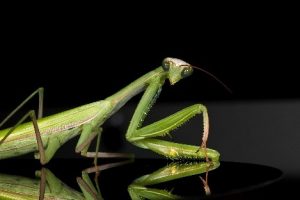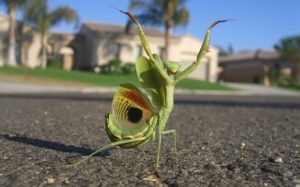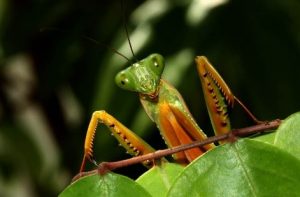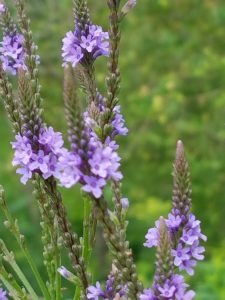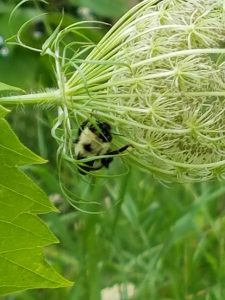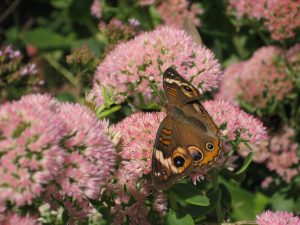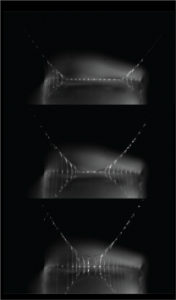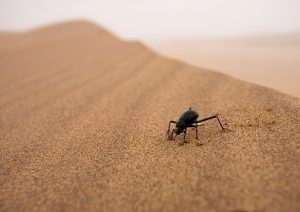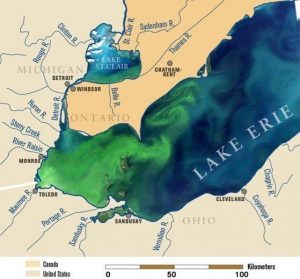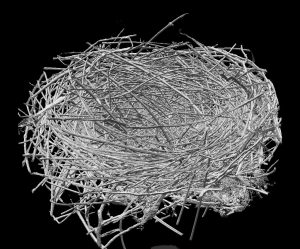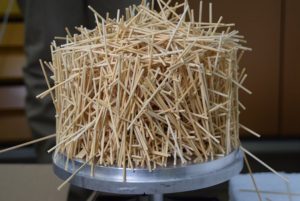[Past Projects]
Dr. Hazel Barton and Katey Bender
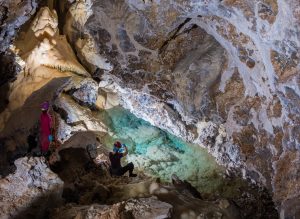
Research Description:
Antibiotic resistance is an important modern medical issue, and to better fight it we need to understand how resistance develops. Antibiotics and antibiotic resistance are both natural, but antibiotic resistance is a growing threat because of the widespread use of antibiotics in medicine and agriculture. To understand the natural dynamics between antibiotics and antibiotic resistance we need to study an environment that has not been impacted by mass-produced antibiotics. Lechuguilla Cave, New Mexico has been geologically isolated for 4-7 million years, so its bacterial communities have only been exposed to antibiotics produced by bacteria within the cave. We are using this environment to investigate bacterial communities that may be producing compounds blocking antibiotic resistance.
Specific current research projects:
- Screening for antibiotic resistance blocking in bacterial samples from Lechuguilla Cave
- Improving methods of separating cells from rock samples for improved DNA extraction yields

